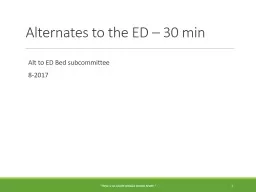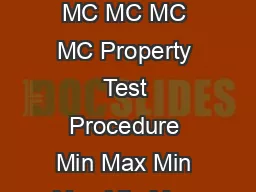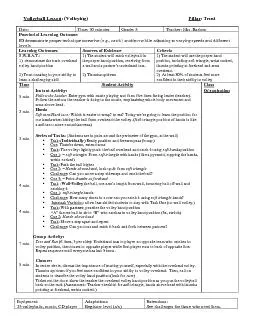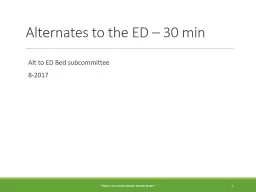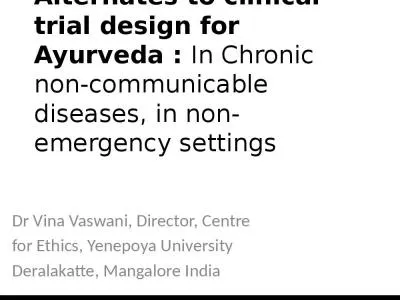PPT-Alternates to the ED – 30 min
Author : tawny-fly | Published Date : 2019-11-24
Alternates to the ED 30 min There is no health without mental health 1 Alt to ED Bed subcommittee 82017 Alternates to the ED Overview Why are we doing this Who
Presentation Embed Code
Download Presentation
Download Presentation The PPT/PDF document "Alternates to the ED – 30 min" is the property of its rightful owner. Permission is granted to download and print the materials on this website for personal, non-commercial use only, and to display it on your personal computer provided you do not modify the materials and that you retain all copyright notices contained in the materials. By downloading content from our website, you accept the terms of this agreement.
Alternates to the ED – 30 min: Transcript
Download Rules Of Document
"Alternates to the ED – 30 min"The content belongs to its owner. You may download and print it for personal use, without modification, and keep all copyright notices. By downloading, you agree to these terms.
Related Documents

